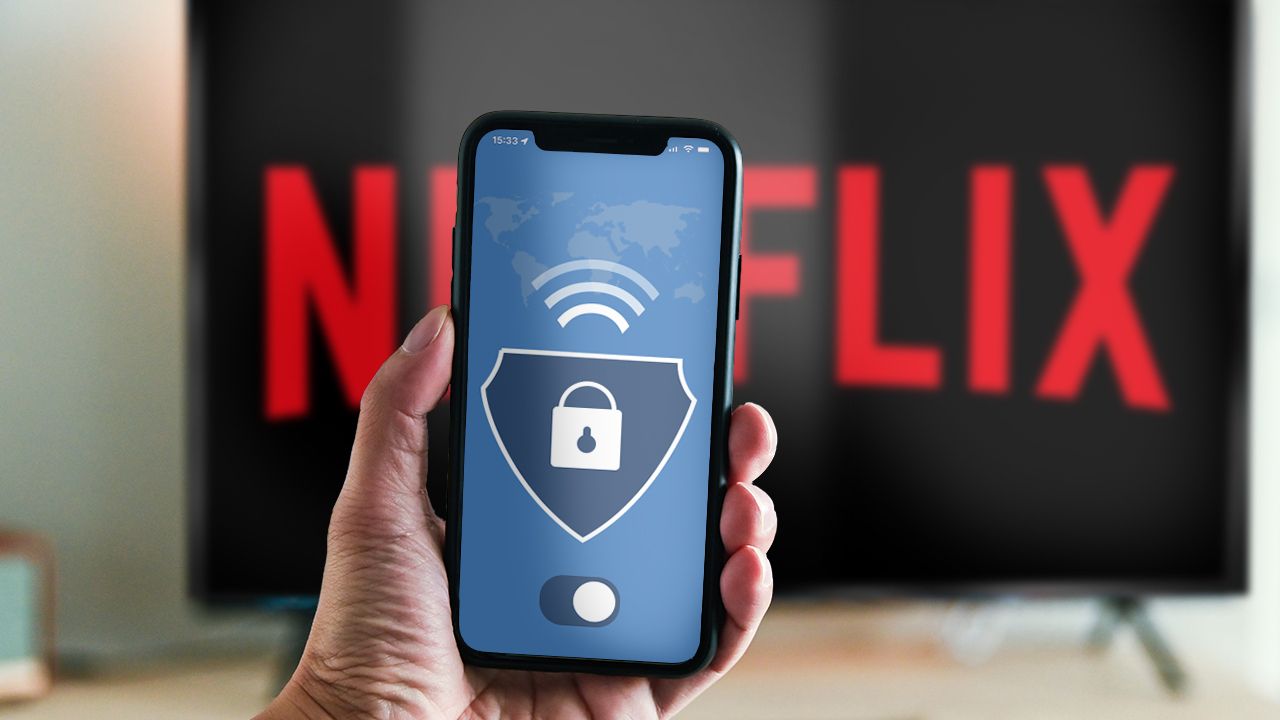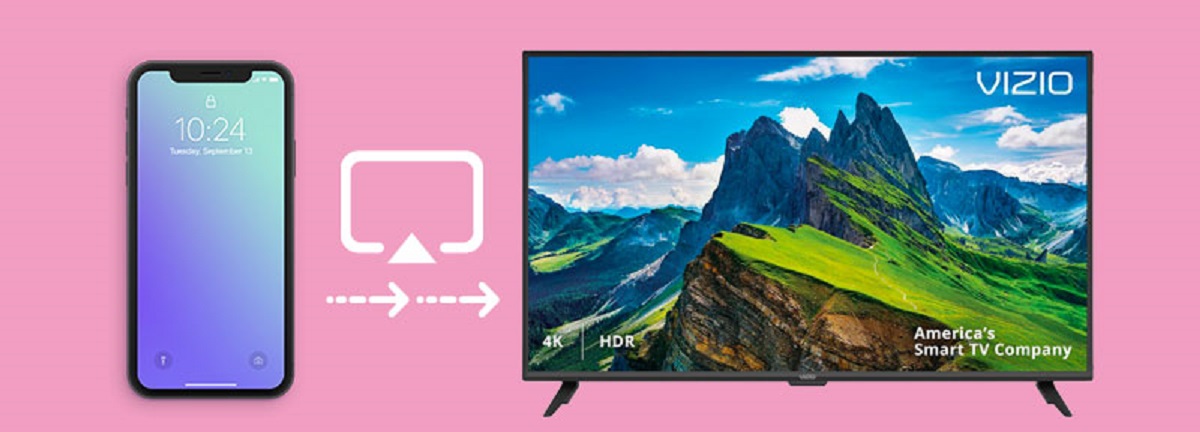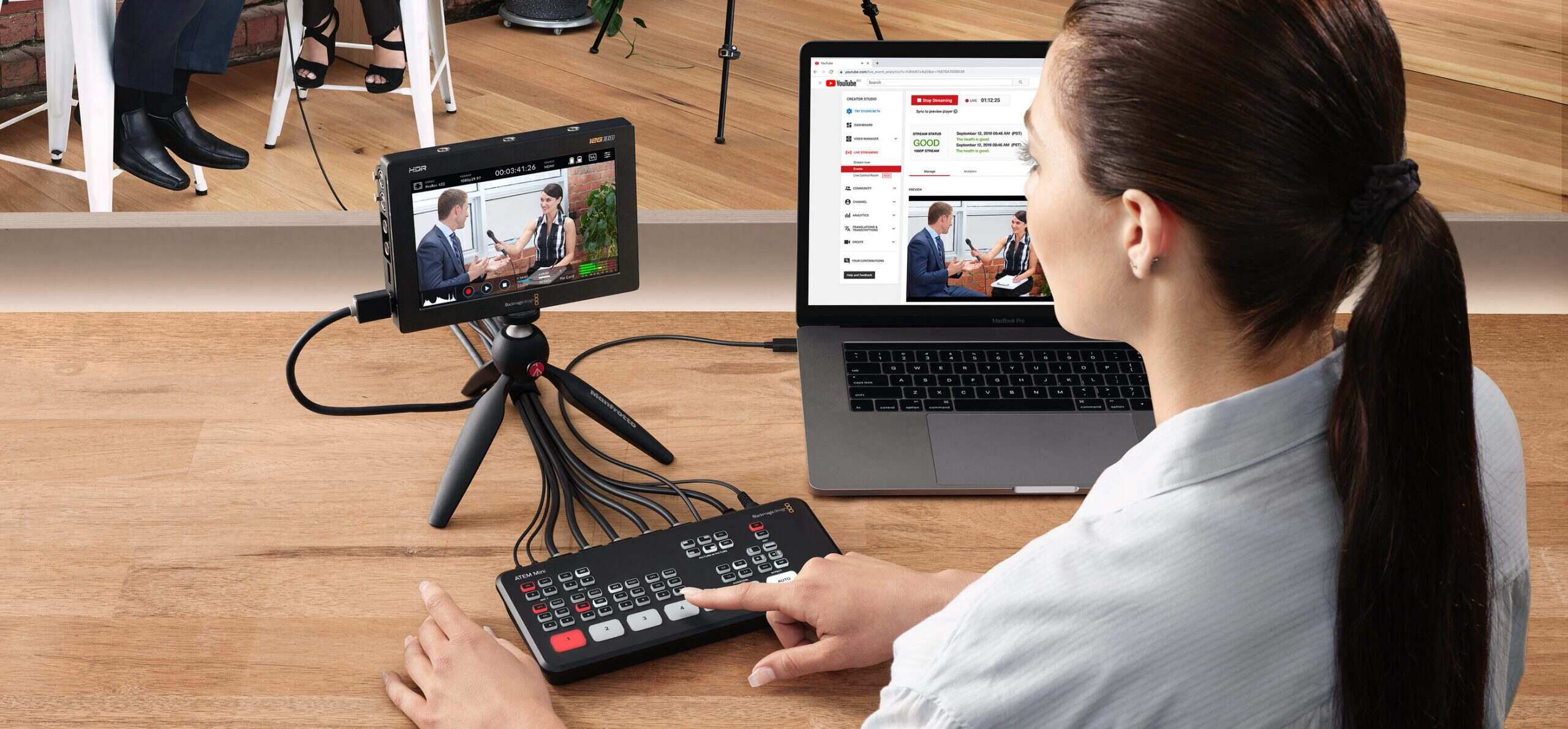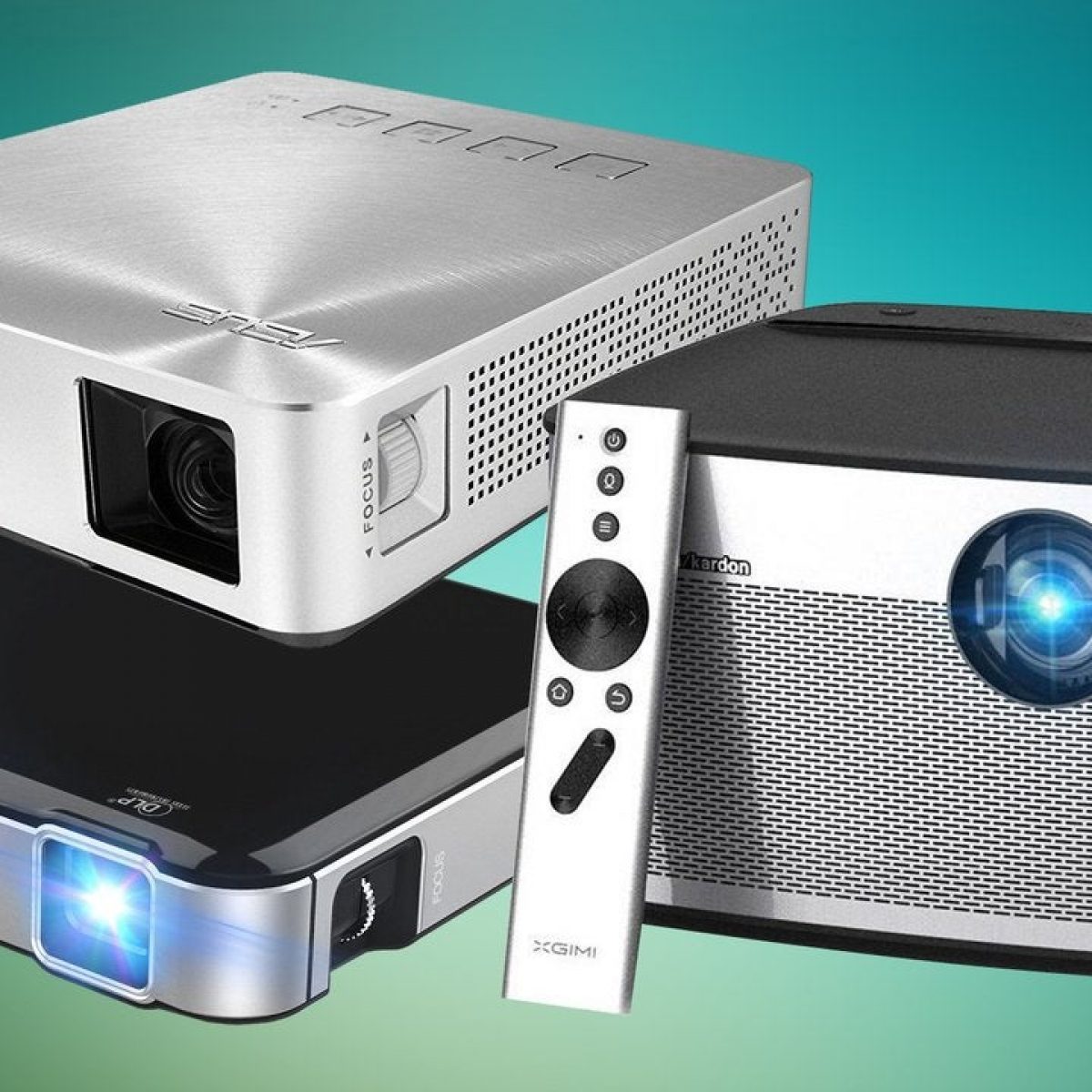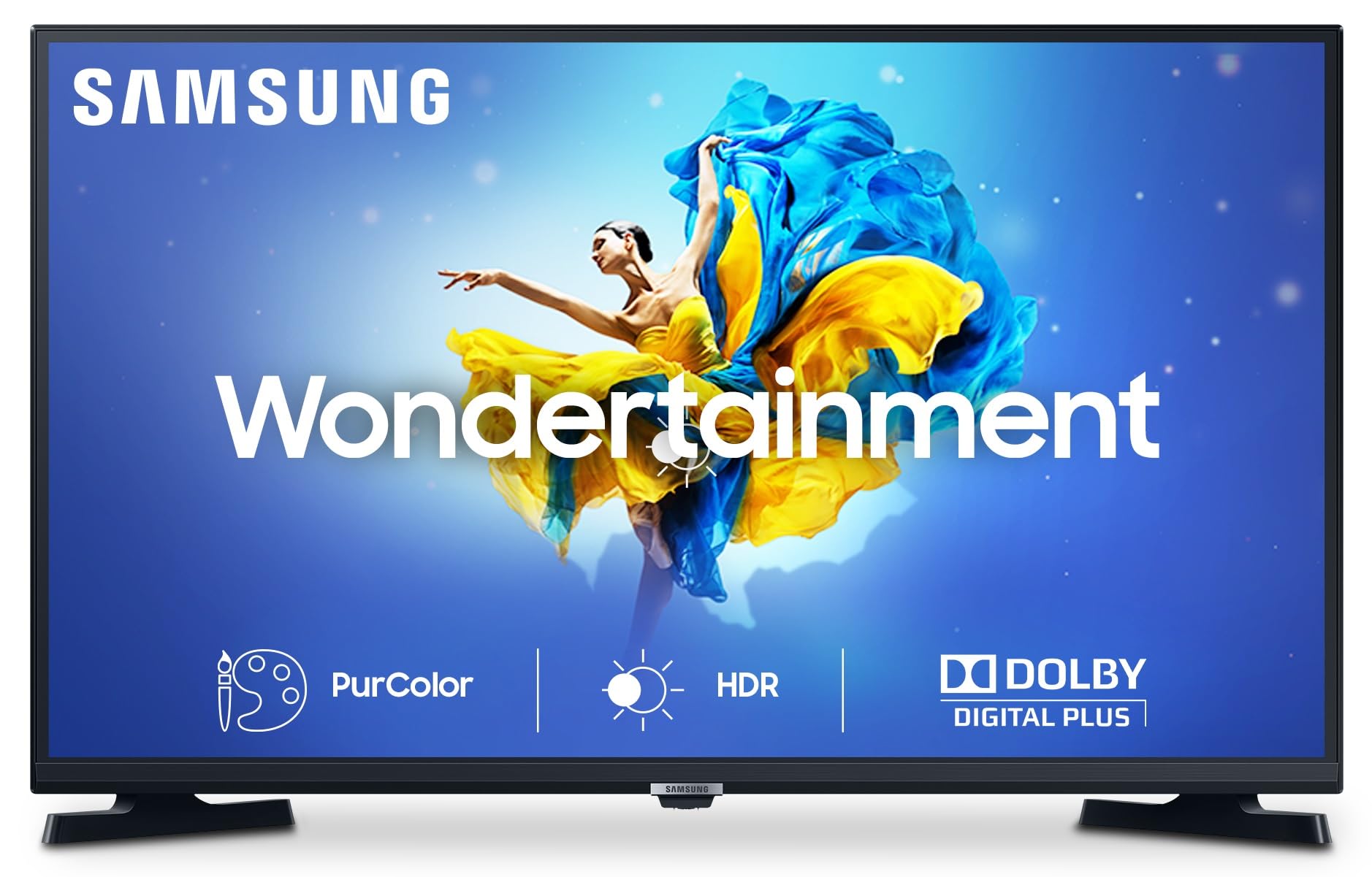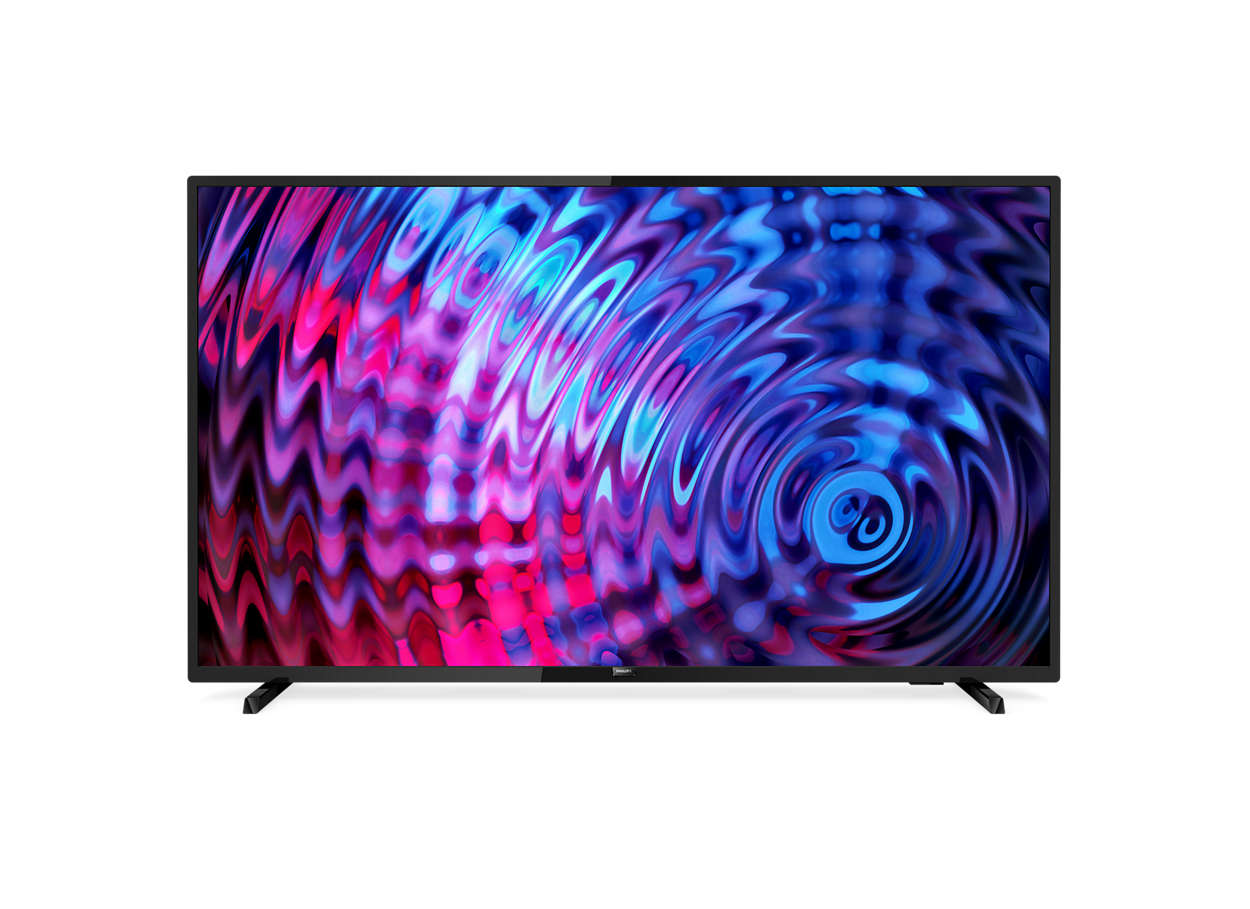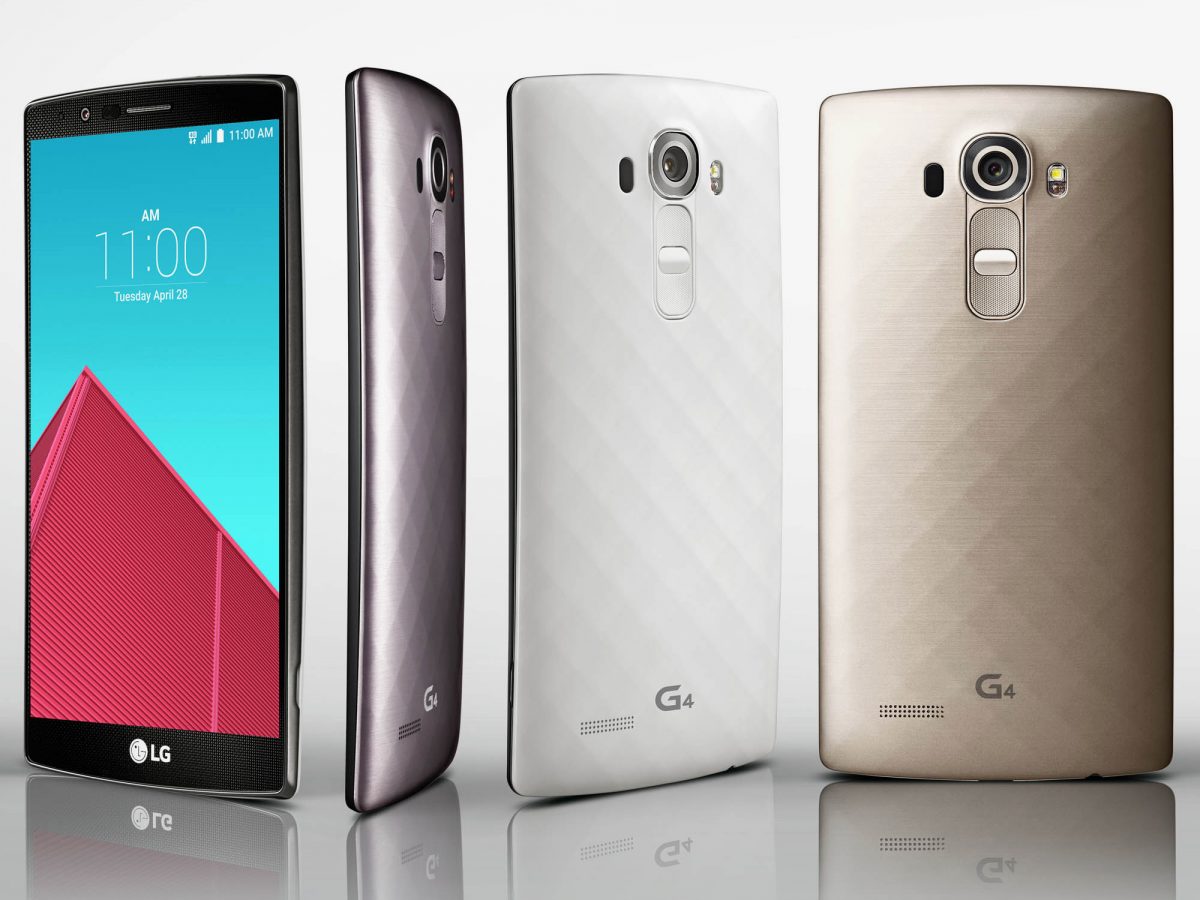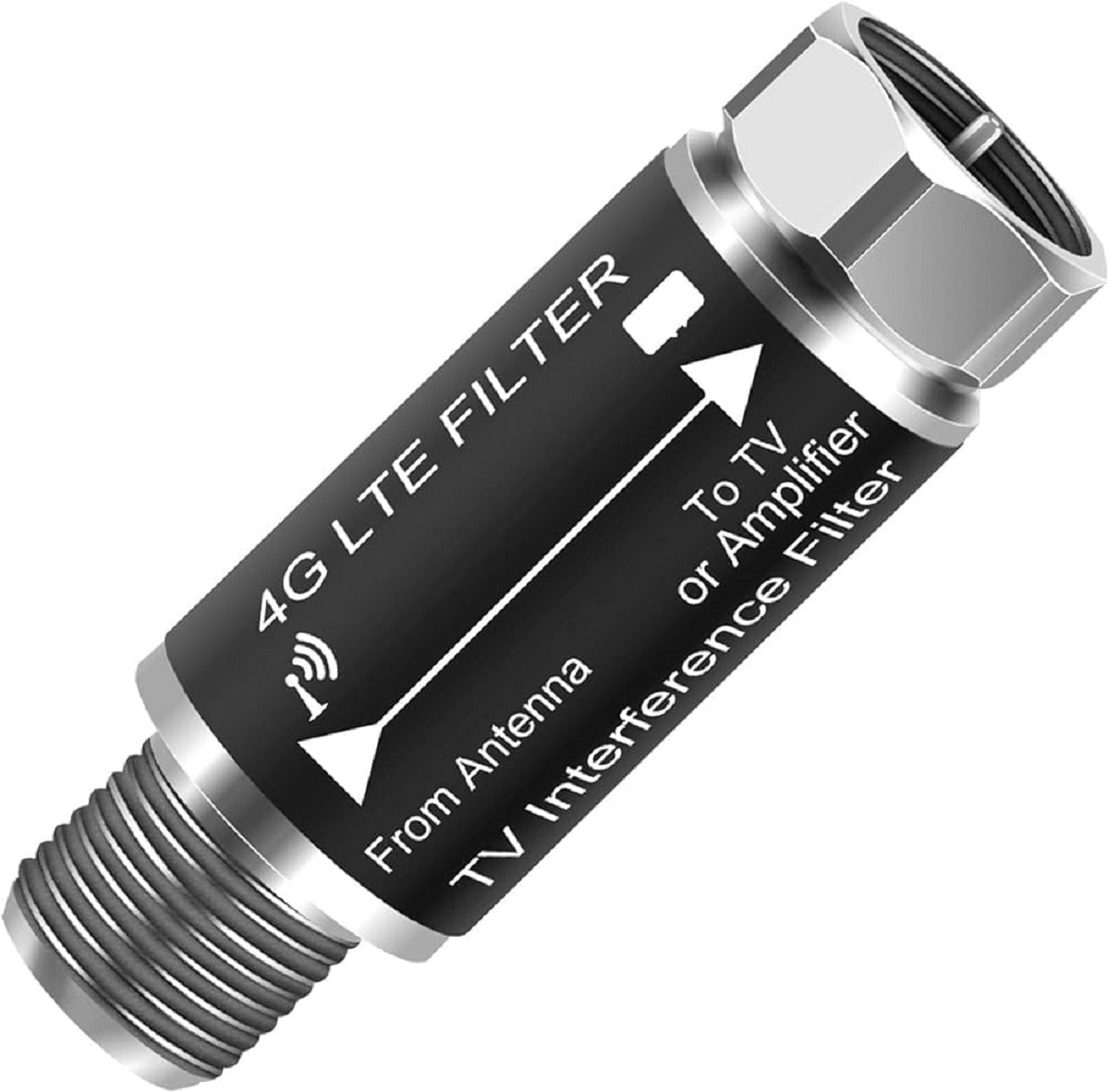Introduction
Are you tired of squinting at your smartphone screen to watch videos or view photos? Have you ever wished you could enjoy your favorite mobile apps on a larger display? Fortunately, with the advancements in technology, you can easily stream content from your cell phone to your TV, transforming your living room into a mini theater. This comprehensive guide will walk you through the various methods and options available for cell phone to TV streaming, empowering you to make the most of your entertainment experience.
Whether you're eager to share vacation photos with the entire family, stream the latest blockbuster movie, or simply mirror your phone's screen for a more immersive gaming experience, the possibilities are endless. By harnessing the power of cell phone to TV streaming, you can unlock a world of entertainment and convenience, all from the comfort of your living space.
In the following sections, we'll delve into the intricacies of cell phone to TV streaming, exploring the different options and methods at your disposal. From utilizing HDMI cables to wireless solutions, we will cover the spectrum of possibilities, equipping you with the knowledge to seamlessly connect your devices and elevate your viewing experience. Additionally, we'll address common troubleshooting issues, ensuring that you can overcome any obstacles that may arise during the setup process.
Get ready to embark on a journey that will revolutionize the way you consume media and interact with your devices. By the end of this guide, you'll be well-versed in the art of cell phone to TV streaming, ready to indulge in a richer, more immersive entertainment experience. So, grab your popcorn, settle into your favorite spot on the couch, and let's dive into the world of cell phone to TV streaming.
Understanding Cell Phone to TV Streaming
Cell phone to TV streaming refers to the process of wirelessly or physically connecting a mobile device to a television screen in order to display content from the phone onto the larger display. This functionality allows users to enjoy a wide range of media, including videos, photos, presentations, and mobile apps, on a larger and more immersive screen, enhancing the overall viewing experience.
One of the primary advantages of cell phone to TV streaming is the ability to share content with a larger audience. Instead of huddling around a small phone screen, friends and family can comfortably view the content on the TV, creating a more inclusive and enjoyable experience. Additionally, streaming from a cell phone to a TV opens up new possibilities for entertainment, enabling users to access streaming services, gaming apps, and social media platforms on a larger, more visually captivating display.
With the proliferation of smart TVs and streaming devices, the process of connecting a cell phone to a TV has become more streamlined and user-friendly. This seamless integration allows for effortless content sharing and screen mirroring, eliminating the need for complex setups or technical expertise. Whether you’re looking to showcase a photo slideshow, watch a movie, or engage in mobile gaming, cell phone to TV streaming offers a versatile and convenient solution for expanding your entertainment options.
Understanding the various methods and technologies involved in cell phone to TV streaming is essential for harnessing the full potential of this capability. From HDMI cables to wireless connectivity options, users have a range of choices when it comes to connecting their devices. By exploring the intricacies of these methods, individuals can select the approach that best suits their preferences and technical requirements, ensuring a seamless and enjoyable streaming experience.
As we delve deeper into the nuances of cell phone to TV streaming, we’ll explore the different options available and provide insights into the setup process, empowering you to make informed decisions and maximize the potential of your devices. Whether you’re a tech enthusiast or a casual user, understanding the fundamentals of cell phone to TV streaming will open up a world of possibilities, transforming the way you interact with your media and entertainment.
Options for Cell Phone to TV Streaming
When it comes to streaming content from your cell phone to your TV, you have a variety of options at your disposal, each offering unique benefits and functionalities. Understanding these options is crucial for selecting the most suitable method based on your specific needs and preferences. Let’s explore some of the primary options available for cell phone to TV streaming:
- Wireless Screen Mirroring: Many modern smartphones and smart TVs support wireless screen mirroring, allowing you to effortlessly display your phone’s screen on the TV. This feature, often referred to as “cast” or “miracast,” enables seamless content sharing without the need for cables or additional hardware. By simply selecting the screen mirroring option on your phone and TV, you can instantly project your phone’s display onto the larger screen, making it ideal for sharing photos, videos, and presentations.
- Streaming Devices: Streaming devices, such as Google Chromecast, Amazon Fire TV Stick, and Apple TV, provide dedicated solutions for streaming content from your phone to your TV. These devices connect to your TV’s HDMI port and leverage your home Wi-Fi network to facilitate wireless content streaming. With support for various apps and streaming services, these devices offer a versatile and user-friendly approach to enjoying mobile content on a larger screen.
- Smart TV Apps: Many smart TVs come equipped with built-in apps that enable direct streaming from your smartphone. Whether it’s a proprietary app developed by the TV manufacturer or compatibility with popular streaming services, smart TV apps provide a convenient and integrated solution for accessing and displaying mobile content on the TV screen.
- USB-C to HDMI Adapter: For users who prefer a wired connection, USB-C to HDMI adapters offer a straightforward method for connecting a compatible smartphone to the TV. By plugging one end of the adapter into your phone’s USB-C port and the other end into the TV’s HDMI port, you can mirror your phone’s display on the TV, making it an ideal solution for high-definition video playback and gaming.
Each of these options presents distinct advantages and considerations, catering to different user preferences and technological environments. By evaluating the features and compatibility of these methods, you can select the most suitable approach for seamlessly streaming content from your cell phone to your TV, enhancing your entertainment experience and expanding your viewing possibilities.
Using HDMI Cable for Cell Phone to TV Streaming
For users seeking a reliable and direct method of connecting their cell phones to their TVs, utilizing an HDMI cable offers a straightforward and effective solution. This approach leverages the HDMI (High-Definition Multimedia Interface) standard to transmit audio and video signals from the mobile device to the TV, delivering high-quality, lag-free content streaming. Here’s a closer look at the process of using an HDMI cable for cell phone to TV streaming:
1. Compatibility: Before proceeding with this method, it’s essential to ensure that both your cell phone and TV support HDMI connectivity. Many modern smartphones feature USB-C or micro-USB ports that can be paired with compatible HDMI adapters or cables. Additionally, most contemporary TVs are equipped with HDMI ports, providing seamless compatibility for establishing a direct connection.
2. Adapter or Cable Selection: Depending on the specific port available on your phone, you may need to select the appropriate adapter or cable to facilitate the HDMI connection. For devices with USB-C ports, USB-C to HDMI adapters are readily available, while smartphones with micro-USB ports may require micro-USB to HDMI adapters. Alternatively, some smartphones feature built-in HDMI ports, eliminating the need for additional adapters.
3. Connection Process: Once you have the necessary adapter or cable, the connection process involves plugging one end into your phone’s port and the other end into the HDMI port on your TV. Upon establishing the physical connection, your TV should recognize the input source, allowing you to select the corresponding HDMI input to view the content from your phone on the larger screen.
4. Content Playback: Whether you’re looking to stream videos, showcase photos, or engage in mobile gaming, using an HDMI cable provides a reliable and high-quality means of displaying content from your phone on the TV. With support for high-definition resolutions and audio output, this method ensures a seamless and immersive viewing experience.
By utilizing an HDMI cable for cell phone to TV streaming, users can enjoy the benefits of a direct, wired connection, eliminating potential latency issues and ensuring consistent audiovisual performance. Whether you’re hosting a movie night, sharing memorable moments with loved ones, or exploring mobile apps on a larger screen, the HDMI cable method offers a versatile and dependable solution for expanding your entertainment options.
Using Wireless Options for Cell Phone to TV Streaming
Wireless connectivity has revolutionized the way we interact with our devices, and when it comes to streaming content from a cell phone to a TV, wireless options offer a convenient and versatile approach. By leveraging wireless technologies, users can seamlessly mirror their phone’s display, stream videos, and access mobile apps on the larger screen without the constraints of physical cables. Let’s explore some of the primary wireless options for cell phone to TV streaming:
- Screen Mirroring: Many smartphones and smart TVs support screen mirroring, allowing users to wirelessly project their phone’s display onto the TV. This feature, often accessible through the phone’s settings or quick access menu, establishes a direct connection between the devices, enabling real-time content sharing. Whether it’s sharing photos, presenting slideshows, or demonstrating mobile apps, screen mirroring provides a seamless and intuitive method for displaying content on the TV.
- Streaming Devices: Dedicated streaming devices, such as Google Chromecast, offer wireless solutions for cell phone to TV streaming. By connecting the streaming device to the TV’s HDMI port and linking it to your home Wi-Fi network, you can effortlessly stream content from your phone to the TV. These devices often come with companion apps that facilitate easy content sharing, making them an ideal choice for accessing a wide range of streaming services and mobile apps on the TV screen.
- Smart TV Integration: Many smart TVs feature built-in support for wireless content streaming from mobile devices. Through proprietary apps or screen mirroring functionality, smart TVs enable users to seamlessly display their phone’s content on the TV without the need for additional hardware. This integrated approach simplifies the streaming process and enhances the overall user experience.
Wireless options for cell phone to TV streaming offer the flexibility and convenience of untethered connectivity, allowing users to share and enjoy content from their mobile devices with ease. Whether it’s streaming a movie, showcasing a photo album, or engaging in mobile gaming, wireless solutions empower users to unlock the full potential of their devices and elevate their entertainment experience.
By embracing the wireless capabilities of modern smartphones and smart TVs, individuals can seamlessly bridge the gap between their mobile content and the expansive display of a television, creating a more immersive and inclusive viewing environment. With wireless options for cell phone to TV streaming, the boundaries of traditional entertainment are transcended, paving the way for a more interconnected and engaging media experience.
Setting Up Cell Phone to TV Streaming
Setting up cell phone to TV streaming involves a series of simple yet crucial steps to ensure a seamless and reliable connection between the two devices. Whether you opt for a wired or wireless method, the setup process is designed to be user-friendly and accessible to individuals of all technical backgrounds. Let’s explore the general steps for setting up cell phone to TV streaming:
1. Identify Compatibility: Before initiating the setup process, it’s important to verify the compatibility of your cell phone and TV with the chosen streaming method. Check for the presence of HDMI ports, wireless connectivity features, and supported protocols to ensure a smooth integration between the devices.
2. Acquire Necessary Accessories: Depending on the selected streaming method, you may need to acquire specific accessories, such as HDMI cables, wireless streaming devices, or adapters. Ensure that you have the required components to facilitate the connection between your phone and TV.
3. Configure Wireless Connectivity: If you’re opting for a wireless streaming method, such as screen mirroring or utilizing a streaming device, ensure that both your phone and TV are connected to the same Wi-Fi network. This step is essential for establishing a stable and reliable wireless connection between the devices.
4. Enable Screen Mirroring: For wireless screen mirroring, access the screen mirroring or casting feature on your phone (often found in the settings menu or quick access options) and select the TV as the mirroring destination. On the TV, navigate to the corresponding input source to begin displaying your phone’s content on the larger screen.
5. Connect via HDMI: If you’re utilizing an HDMI cable or adapter, simply plug one end into your phone’s port and the other end into the HDMI port on your TV. Upon establishing the physical connection, switch the TV to the corresponding HDMI input to view your phone’s content on the TV screen.
6. Adjust Display Settings: Once the connection is established, you may need to adjust the display settings on your phone and TV to optimize the viewing experience. This may include adjusting the resolution, aspect ratio, or display orientation to ensure that the content is presented accurately and aesthetically on the TV screen.
By following these steps, users can effectively set up cell phone to TV streaming, unlocking a world of entertainment and media sharing possibilities. Whether you prefer the convenience of wireless connectivity or the reliability of a direct HDMI connection, the setup process is designed to be intuitive and accessible, empowering users to seamlessly bridge the gap between their mobile devices and television screens.
Troubleshooting Common Issues with Cell Phone to TV Streaming
While cell phone to TV streaming offers a convenient and versatile way to enjoy multimedia content, users may encounter occasional technical hiccups that can disrupt the seamless streaming experience. By familiarizing yourself with common issues and their troubleshooting methods, you can overcome potential obstacles and ensure a smooth and uninterrupted streaming process. Let’s explore some of the typical issues encountered with cell phone to TV streaming and their respective solutions:
1. Intermittent Wireless Connection: If you’re experiencing intermittent connectivity issues when using wireless streaming methods, ensure that both your phone and TV are within close proximity to the Wi-Fi router. Additionally, minimizing interference from other wireless devices and reducing network congestion can help stabilize the wireless connection for smoother streaming.
2. Audio or Video Lag: In instances where you encounter audio or video lag during streaming, consider restarting both the phone and TV to reset the connection. Additionally, selecting a lower resolution or reducing the number of background apps running on the phone can alleviate processing strain and improve the synchronization of audio and video playback.
3. Compatibility Challenges: If you’re using an HDMI cable or adapter for connectivity, ensure that the devices are fully compatible with the selected method. Some smartphones may require specific adapters or cables to establish a reliable HDMI connection, so verifying compatibility and using certified accessories can mitigate compatibility challenges.
4. Screen Mirroring Issues: When encountering screen mirroring issues, such as a lag in responsiveness or screen freezing, restarting both the phone and TV, as well as updating the firmware or software on both devices, can help resolve compatibility and performance issues. Additionally, ensuring that both devices are using the latest versions of their respective operating systems can improve screen mirroring reliability.
5. Audiovisual Quality Concerns: If you notice a degradation in audiovisual quality during streaming, such as pixelation or distorted audio, verify the integrity of the HDMI cable or wireless connection. Using high-quality cables and ensuring a stable wireless signal strength can significantly enhance the overall audiovisual quality during streaming.
By addressing these common issues and implementing the corresponding troubleshooting measures, users can optimize their cell phone to TV streaming experience, ensuring consistent and high-quality content delivery. Whether it’s fine-tuning wireless connectivity, optimizing display settings, or verifying device compatibility, proactive troubleshooting can enhance the reliability and performance of cell phone to TV streaming, enabling users to fully leverage the capabilities of their devices for an immersive and enjoyable viewing experience.
Conclusion
As we conclude our exploration of cell phone to TV streaming, it’s evident that this capability has transformed the way we consume media and interact with our devices. From the convenience of wireless screen mirroring to the reliability of HDMI connections, the options available for streaming content from a cell phone to a TV cater to a diverse range of user preferences and technical environments.
By understanding the intricacies of cell phone to TV streaming and familiarizing ourselves with the setup process and troubleshooting methods, we empower ourselves to seamlessly bridge the gap between our mobile devices and the expansive displays of modern televisions. This newfound connectivity opens up a world of entertainment possibilities, allowing us to share memorable moments, enjoy immersive gaming experiences, and access our favorite apps on a larger and more captivating screen.
Furthermore, the versatility of cell phone to TV streaming transcends traditional entertainment boundaries, enabling us to transform our living spaces into dynamic multimedia hubs. Whether it’s hosting movie nights, showcasing vacation photos, or engaging in interactive presentations, the ability to effortlessly share content from our phones to the TV fosters inclusivity and enhances the collective viewing experience.
As technology continues to evolve, the landscape of media consumption and device connectivity will undoubtedly undergo further advancements, presenting new opportunities for seamless integration and enhanced user experiences. By staying informed and embracing the capabilities of modern devices, we can continue to unlock the full potential of cell phone to TV streaming, enriching our daily lives with immersive and interconnected entertainment.
So, as you embark on your journey of cell phone to TV streaming, may this guide serve as a valuable resource, empowering you to make the most of your devices and create memorable and engaging moments with friends and family. Whether you’re a casual user or a tech enthusiast, the world of cell phone to TV streaming awaits, ready to elevate your entertainment experience and redefine the way you interact with your media.







